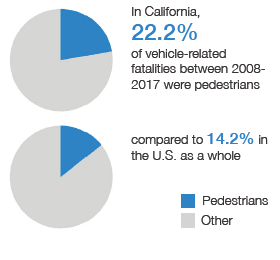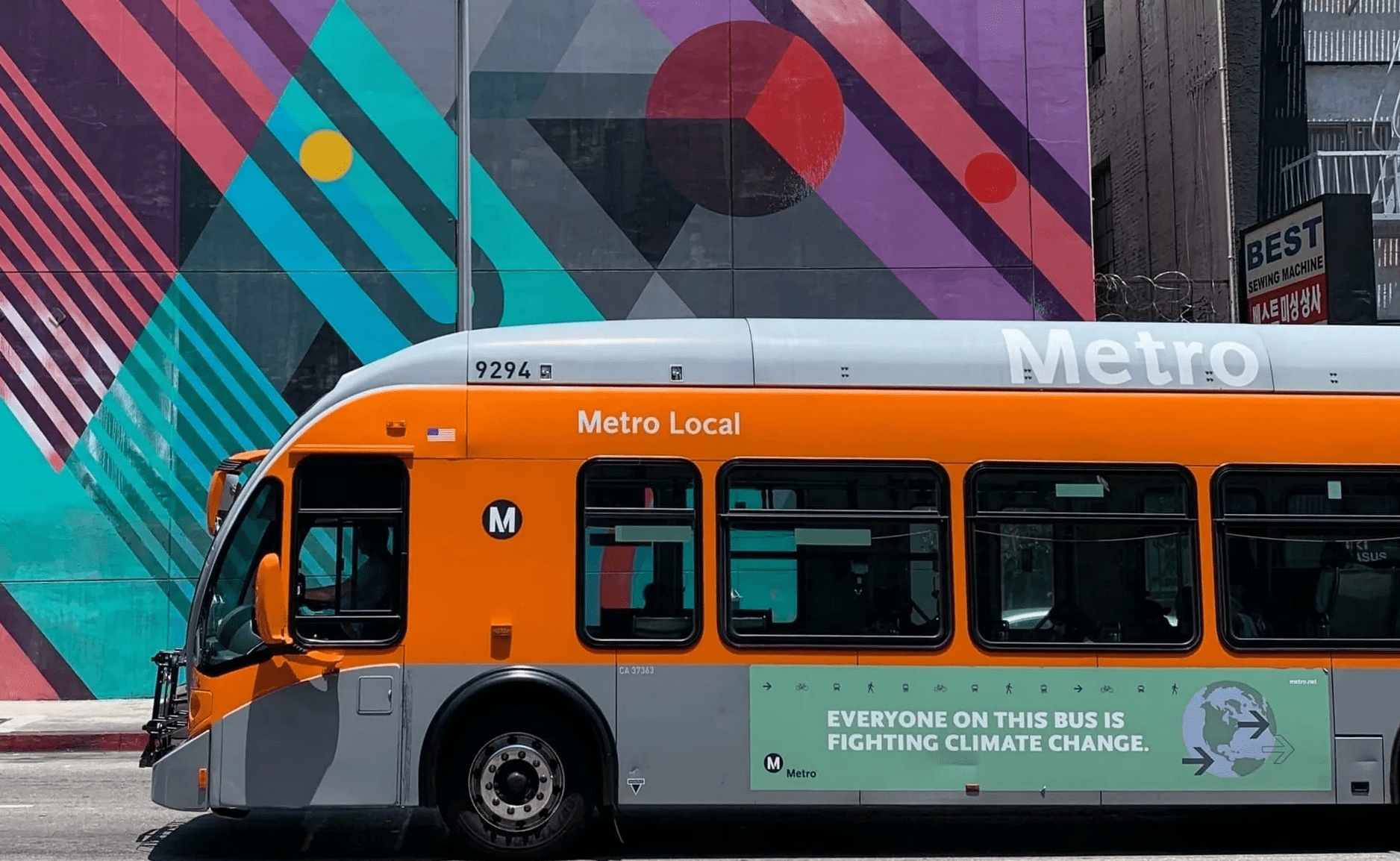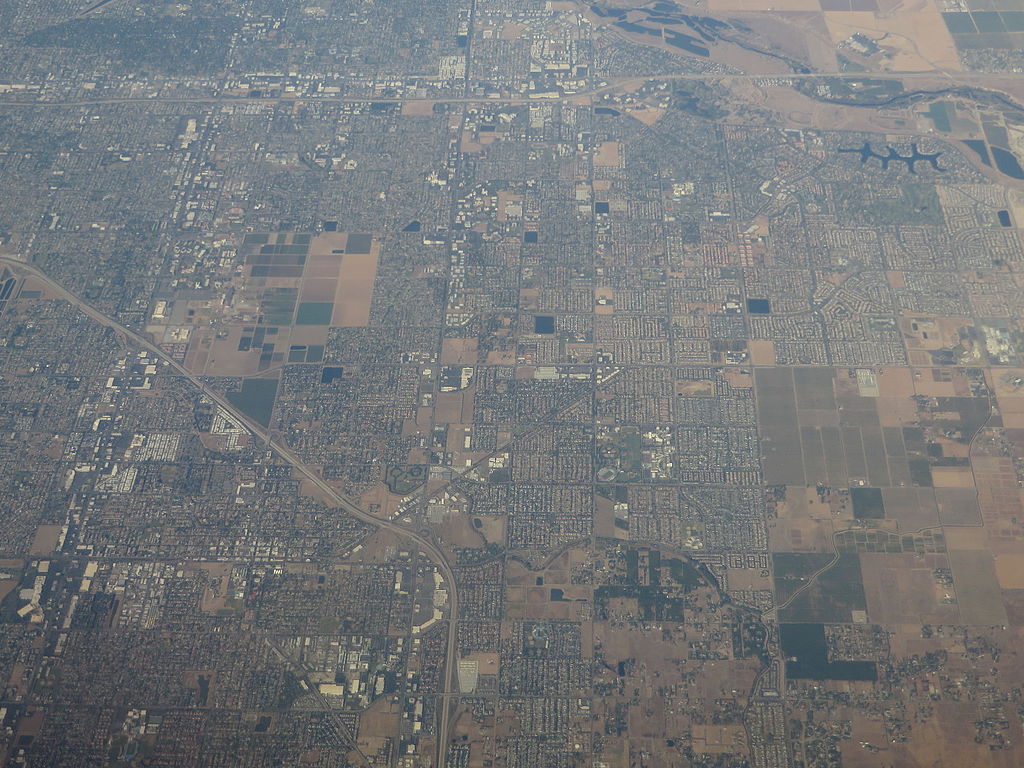Note: GJEL Accident Attorneys regularly sponsors coverage on Streetsblog San Francisco and Streetsblog California. Unless noted in the story, GJEL Accident Attorneys is not consulted for the content or editorial direction of the sponsored content.
A report from the National Highway Traffic and Safety Administration recently offered sobering statistics about the risks to people walking and biking on U.S. streets. While fatalities among drivers and passengers fell slightly, more cyclists and people walking on U.S. roads died last year than the year before.
It is in keeping with slightly longer-term trends reported by Smart Growth America, which earlier this year released its annual crash data report, Dangerous by Design. That report showed that, even though people are not walking much more than in the past, and driving has only gone up slightly since 2008, significantly more pedestrians were struck and killed by drivers in 2017 than in 2008.
The headline is the same every year.
Now Smart Growth America has released its state-specific data, and the news is not good. California ranked 16th most dangerous state for people walking, well above the national average. While pedestrian deaths from 2008-17 nationwide rose 34.5 percent--a shocking and unacceptable number--California's rose even more than that: 38.4 percent.
SGA created a Pedestrian Danger Index (PDI) for each state, to compare the number of people stuck and killed while walking to population size and walking rates. Between 2008 and 2017, 7,127 people in California were killed while walking, putting California's PDI at 68.2, while the national average was 55.3. Pedestrians made up 22 percent of all California vehicle-related fatalities during that period--in the nation as a whole that was 14.2 percent.
All of it is too high.
It's especially bad when you look at risk to specific populations. For example, people over fifty years old are more than twice as likely to be hit and killed by motorists than people under fifty. Native American and black people were twice as likely to die as a pedestrian than other groups.
CA cities with highest risks to pedestrians are Bakersfield (where crosswalks are removed so cars can driver faster), Visalia-Porterville, Fresno, Yuba City, Madera, Riverside-San Bernardino-Ontario, Modesto, Redding, Stockton-Lodi, and El Centro.
But just knowing these statistics isn't enough unless there is political will to do something about them. California roads are built for people in cars--that Bakersfield example, above, is just one of countless ways that cities ignore people who walk and actively endanger them by doing so. Complete Streets policies, like that proposed in S.B. 127 to require Caltrans to consider other road users whenever it makes road repairs, have been too hard fought. Logic and data would seem to dictate that decision makers looking at these statistics would automatically endorse such policies, but instead they argue against them.
Complete streets, road diets, protected bicycle lanes, and good pedestrian infrastructure make a difference, but people fight tooth and nail against them for dumb and selfish reasons. SUVs are much more dangerous to pedestrians than other vehicles, but people still buy them, and nothing has been done to rein in their design or manufacture. Distracted driving seems an intractable problem, but no one seems to have tried very hard to address it. Instead they take the easy way out and criminalize the easy-to-see phone-using pedestrians who are the ones at risk instead of the drivers we all see every day looking down at their electronic devices while at the wheel.
These statistics are daunting, and it's our own fault.






